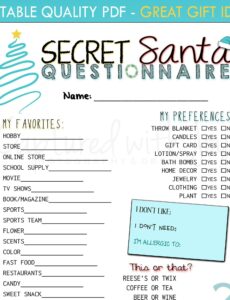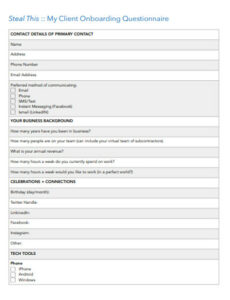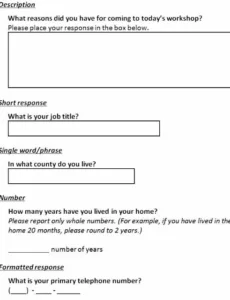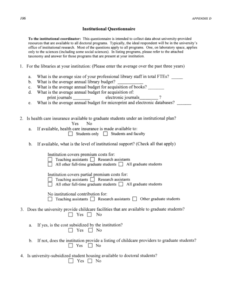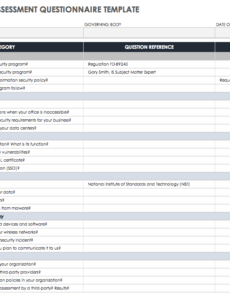Understanding what your clients truly think and feel about your services isn’t just a good idea; it’s absolutely vital for any thriving business. In today’s competitive landscape, simply meeting expectations isn’t enough; you need to consistently exceed them, and the only way to genuinely know if you’re hitting the mark is by asking. That’s where a well-crafted client satisfaction questionnaire comes in, acting as your direct line to valuable insights.
Think of it as a compass guiding your business forward. Without regular feedback, you’re essentially navigating blind, guessing what improvements your clients might value or what aspects of your service are truly shining. This article will walk you through the essential elements of creating a powerful questionnaire and how to effectively use the insights you gather to foster stronger client relationships and drive sustainable growth.
Crafting an Effective Client Satisfaction Questionnaire Template
Building a client satisfaction questionnaire template isn’t just about throwing a few questions together and hoping for the best. It’s a strategic exercise designed to uncover actionable insights. The goal is to create a survey that your clients will actually complete, providing honest and valuable feedback that you can use to refine your offerings and improve their overall experience. This means being thoughtful about every question you include, ensuring clarity, relevance, and conciseness.
Start by defining your primary objective. Are you trying to gauge overall satisfaction with a recent project? Are you looking for specific feedback on a new service offering? Or perhaps you want to understand why a client might be considering leaving? Your objective will dictate the types of questions you ask and the depth of information you seek. Remember, clients are busy, so a lengthy or poorly structured questionnaire is likely to be abandoned, leading to missed opportunities for valuable feedback.
Consider a mix of question types to get both quantitative and qualitative data. Rating scales (like a 1-5 or 1-10 scale) are excellent for measuring overall satisfaction, service quality, or likelihood to recommend, providing data that’s easy to analyze and track over time. These closed-ended questions give you a quick snapshot of sentiment. However, don’t shy away from open-ended questions. These are where the true gold lies, allowing clients to articulate their thoughts, provide specific examples, and suggest improvements in their own words.
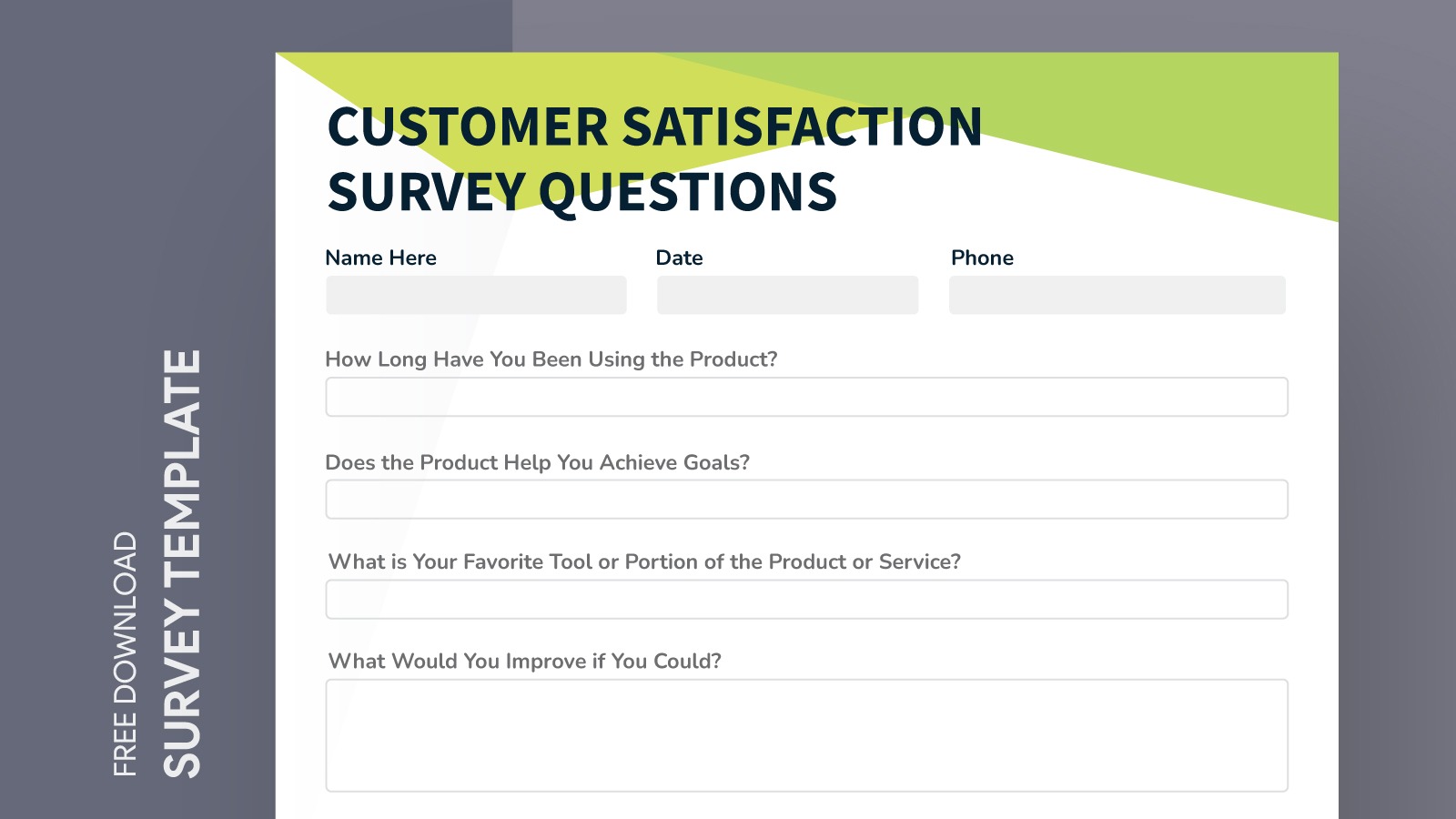
Finally, always ensure anonymity or clarity on how responses will be used. Clients are more likely to be candid if they feel their feedback won’t directly impact their relationship with you in a negative way. Make the questionnaire easy to access and complete, whether it’s through an email link, a pop-up on your website, or integrated into your client portal.
Key Sections to Include
When developing your client satisfaction questionnaire template, aim to cover a comprehensive range of topics without overwhelming the respondent. A balanced approach ensures you gather sufficient data for analysis. Here are some essential areas to consider:
- Overall Satisfaction: Begin with a general question about their overall experience. This sets the tone and provides a high-level benchmark.
- Service or Product Quality: Dive into specifics. How would they rate the quality of the service provided? Did it meet their expectations?
- Communication: Was communication clear, timely, and effective throughout their engagement with you?
- Responsiveness: How quickly and efficiently were their queries or issues addressed?
- Professionalism: Did your team demonstrate professionalism and expertise?
- Value for Money: Do they feel they received good value for the investment they made in your services?
- Likelihood to Recommend: This is a crucial metric, often used in Net Promoter Score (NPS) systems, indicating their willingness to advocate for your business.
- Open-Ended Feedback: Always include a section for general comments, suggestions, or anything else they would like to share. This is often where the most insightful feedback emerges.
Putting Your Client Satisfaction Questionnaire to Work
Creating a fantastic client satisfaction questionnaire template is only half the battle; the real value comes from effectively deploying it and, most importantly, acting on the insights you gather. Simply collecting data without a plan for analysis and implementation is a wasted effort. Your goal should be to transform raw feedback into actionable strategies that enhance your client experience and ultimately, your bottom line.
Consider the optimal timing for sending out your questionnaire. For project-based work, sending it shortly after completion, while the experience is still fresh in their minds, is often ideal. For ongoing services, a quarterly or bi-annual check-in can help you track evolving sentiment and proactively address any issues. The method of distribution also matters; email is common, but embedding it into a follow-up call, using a dedicated link, or integrating it into your existing customer relationship management system can improve response rates.
Once responses start rolling in, dedicate time to thoroughly analyze the data. Look for trends, both positive and negative. Are there specific areas where your team consistently excels? Are there recurring themes in negative feedback that point to a systemic issue rather than an isolated incident? Pay particular attention to the open-ended comments, as these often provide the context and depth needed to understand the numerical ratings. Don’t just count the numbers; understand the stories behind them.
The final, and arguably most critical, step is to close the loop with your clients. This doesn’t mean you need to respond to every single survey, but it does mean taking their feedback seriously and communicating how it has influenced your business. If you made a change based on client suggestions, let them know! A simple email explaining “We heard you, and we’ve implemented X based on your feedback” can significantly boost client loyalty and show them their voice truly matters. This builds trust and encourages future participation.
Continuously monitoring client satisfaction is more than just a task; it’s an ongoing commitment to excellence and growth. By regularly checking in with your clients and genuinely listening to their perspectives, you’re not only identifying areas for improvement but also reinforcing the value of your client relationships. These insights become the fuel for innovation, helping you refine your services, optimize your processes, and stay ahead in a dynamic market.
Ultimately, a well-executed feedback loop transforms client satisfaction from a mere metric into a powerful engine for business success. It fosters a culture of continuous improvement, ensures your offerings remain perfectly aligned with client needs, and cultivates a loyal client base that will not only return but also enthusiastically recommend your services to others.
